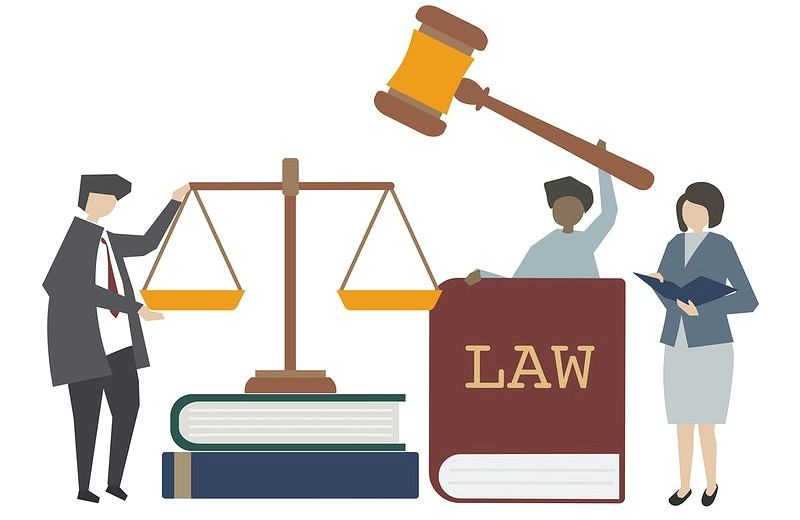You’re the procurement director at your local hospital. You enter into a legal agreement with a manufacturer to supply a thousand wheelchairs at a discounted price.
However, before either of you can sign the agreement, the manufacturer requests for an indemnification clause to be included in the contract. It is usually the standard procedure in such transactions.
If you’re ever in a similar scenario – whether as the procurer of a product or service or the one providing said commodities – an indemnity agreement is one of the most important parts of the process.
So, what does indemnification mean, and why is it important? Here’s everything you need to know.
What Does Indemnity Mean?
First off, let’s look at the verb to indemnify. It refers to the act of compensating someone if they incur a loss of some kind. Indemnity is, therefore, the guarantee or agreement to compensate someone if they incur a loss.
An indemnity agreement becomes necessary when the actions or mistakes of one party could potentially result in the other party being liable for any damages that come about. You’ll mostly come across the terms “indemnity” and “indemnify” in insurance policies. Here’s an indemnification clause example.
“… ABC Company Ltd. shall indemnify Mr. Slater for any liability incurred, through any commission or omission, in whole or in part performed by Mr. Slater, while acting in good faith on behalf of ABC Company Ltd. within the scope of his authority under this agreement…”
Types of Indemnity
The level of indemnity varies based on the obligations and responsibilities assumed by the at-fault party.

1. Broad Form Indemnity
The most common example of a scenario where this particular type of indemnity could come into play is where an employee who sustains an injury, sues their employer for additional pay over and above what they’re awarded in workers’ compensation benefits.
The employee in question would sue on the basis that their employer was solely at fault, which is why they sustained the injury. In such instances, the employer will likely tender the claim back to the employee if they do not believe that they were 100 percent at fault.
The employee would then have to respond to the employer’s tender using a broad form indemnity to pursue the claim.
2. Intermediate Form Indemnity
In this type, one party indemnifies itself for its negligence, except in instances where the other party is solely at fault. If you come across indemnity agreements with the phrase “… caused in part,” then you know you have an intermediate form indemnity on your hands.
The key differentiator of this type of agreement from its broad form counterpart is the omission of the word “whole.”
So, whatever is liable for compensation, will be due to the partial negligence of the party that seeks to be indemnified. Keep in mind that the extent of “partial” negligence in such instances can be as high as 99 percent.
3. Limited Form Indemnity
The third type of indemnity is limited form, although it isn’t an “indemnity” in the strict sense of the word. This is because it does not indemnify a party for its negligence. So, the phrase to look out for in these types of agreements is “… only to the extent”.
Double Indemnity Clause
Double indemnity clauses are provisions that you’ll come across in accidental death, dismemberment, and life insurance policies. It provides for an additional payout in the event of accidental death. But it’s not always that straightforward.
Most insurance providers make it extremely difficult to classify a death as “accidental,” and this stands in the way of people getting the payout they deserve. This additional payment is often two or three times the amount provided for in the policy, so it is easy to see why it can be a herculean task to get the insurers to pay up.
A few examples of death causes that would be classified as “accidental” include:
- Murder
- Death by drowning
- Motor vehicle accidents
- Falls
- Generally, any other death that the insurer would consider an “accident”
Many insurers will use exceptions to coverage to deny double indemnity claims. Some of the common ones include:
- If the murder is committed by a beneficiary under the policy
- Drowning that results from the insured’s alleged negligence
- Motor vehicle accident where the insured was driving under the influence of an intoxicating substance
- Death by suicide or natural causes
Nonetheless, it is always a good idea to retain the services of a lawyer who is well-versed in such claims. They are better poised to understand the specific circumstances surrounding an incident and determine whether or not it would qualify as an accidental death.
Indemnity vs. Guarantee – Are They the Same Thing?
Although they may appear similar, the two mean entirely different things. The purpose of an indemnification agreement is to provide financial protection, more so against potential lawsuits.
The whole idea is for both parties – the indemnifier and indemnitee – to prevent financial loss.
A guarantee, on the other hand, takes on a more proactive and positive approach. It ensures the contractual performance of a party, as per the stipulations of a contract.
Protect Your Interests at All Costs
Indemnification agreements are generally enforceable in a court of law. Keep in mind though that some courts limit the extent of this enforceability to where the loss or damage incurred was considered “logically unforeseeable” or “unreasonably extreme” by the liable party.
So, before you go ahead and grant/receive an indemnity, ensure that you get a business contract lawyer to examine the indemnification clauses carefully. Doing this ensures that such agreements reasonably address business risks and any other legitimate concerns that may arise.
If you have any legal questions, we’d love to hear from you. Chat online with a Laws101.com attorney, and we’ll be happy to address any legal issues you may have.
